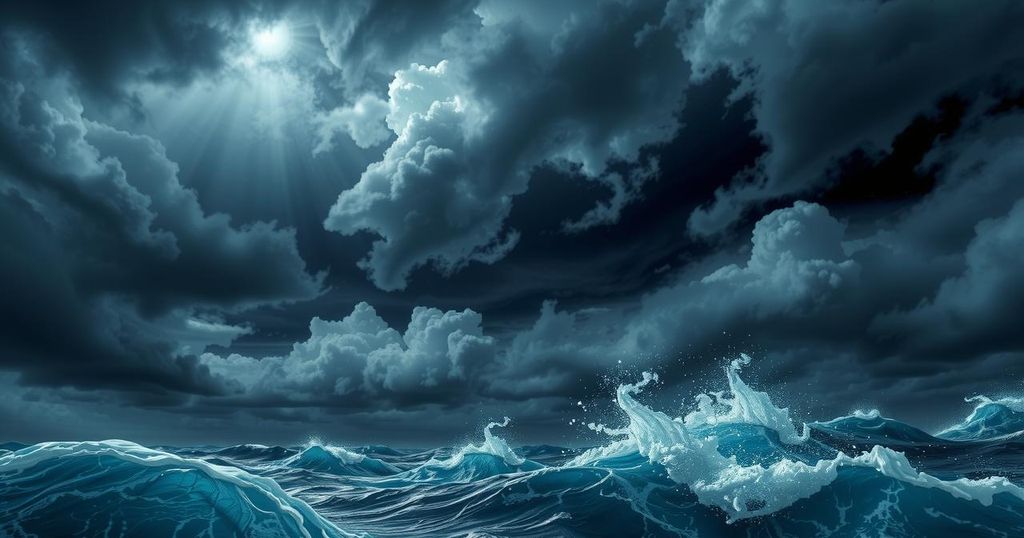Réunion Island in the Indian Ocean has set numerous world rainfall records, particularly during Cyclone Giselle in 1964 and another storm in February 2007. The island’s mountainous terrain and location among tropical cyclones contribute to its exceptional precipitation levels, which continue to intrigue meteorologists.
In the last week of February, Réunion Island, located in the southern Indian Ocean, experienced extraordinary rainfall due to two separate storms. On February 28-29, 1964, Cyclone Giselle brought unprecedented rain to the island, resulting in several world records. The Belouve reporting station recorded astonishing figures: 30.16 inches in 6 hours, 42.79 inches in 9 hours, 52.76 inches in 12 hours, and 66.49 inches in 18.5 hours, nearly equivalent to Miami’s annual rainfall average in under 24 hours.
Furthermore, on February 24-27, 2007, Réunion Island faced another record-breaking deluge when the Cratère Commerson station measured 154.72 inches of rainfall within 72 hours, and 194.33 inches over 96 hours, both recognized as world records by the World Meteorological Organization. Réunion’s propensity for heavy rainfall stems from its geographical location amidst South Indian Ocean tropical cyclones and its mountainous terrain, which amplifies precipitation levels.
The island features several volcanic peaks, one reaching over 10,000 feet, which contribute to its rainfall. Moist winds from slow-moving tropical storms are dramatically lifted by the island’s rugged landscape, resulting in significantly intensified rainfall rates. These climatic patterns underscore Réunion’s unique weather phenomena, making it a subject of interest among meteorologists.
In summary, Réunion Island has recorded several outstanding world rainfall records, particularly during Cyclone Giselle in 1964 and a subsequent storm in 2007. Its geographical and climatic conditions play a crucial role in generating such extreme rainfall. The island’s mountainous terrain continues to influence its unique weather patterns, attracting attention from meteorological experts.
Original Source: weather.com






